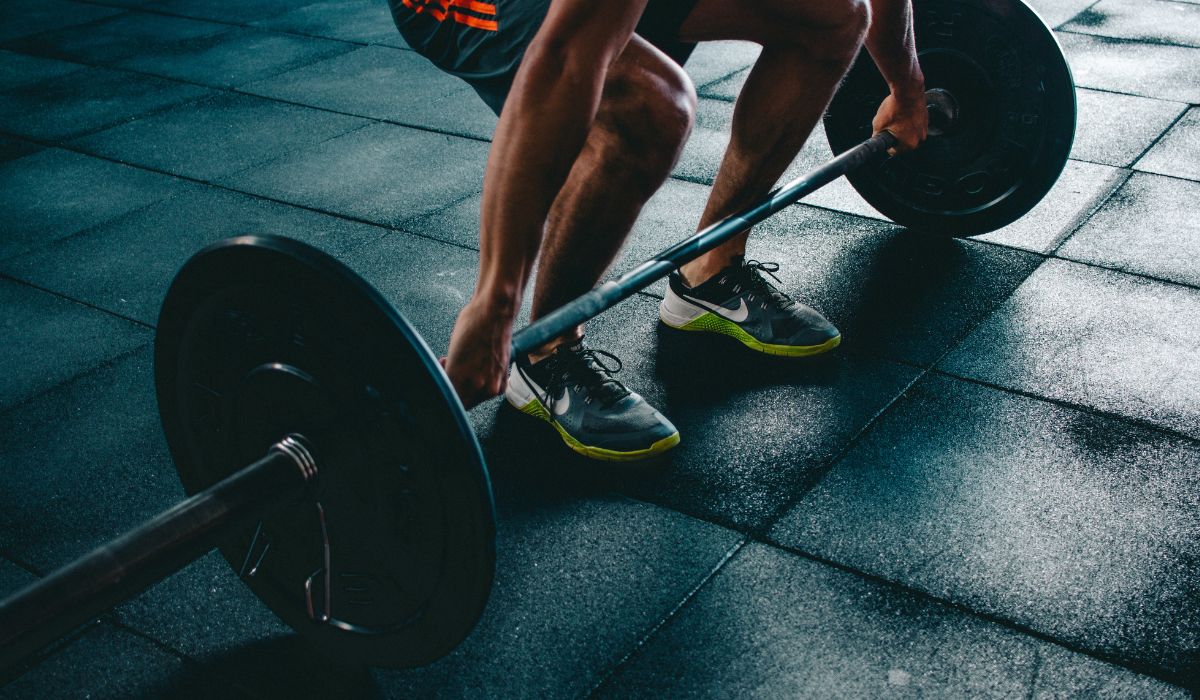
 
 
Since the pandemic hit, fitness companies and apps have had to rethink their economic and technological innovations. The industry is adopting new mechanisms for fitness to help more people exercise and live better, healthier, and happier lives. It all started with the forced closure of gyms, fitness centres and studios, which caused people to find new routines to keep fit and the businesses to innovate or die out. From wild innovations in the fitness industry to at-home tech fitness, the post-pandemic exercising world looks very different.
With the closure of gyms and fitness studios and self-isolating guidelines enforced, people were forced to walk and run outside to exercise and stay healthy. With movement-as-an-exercise becoming more and more prevalent, fitness apps are innovating towards helping even more people incorporate walking or jogging into their daily fitness routines.
Movement-as-an-exercise in the post-pandemic era
Since the pandemic, the number of people walking as an exercise has dramatically increased, with several cities such as Copenhagen launching walkable cities, encouraging citizens to walk to places within a 15-minute walk distance instead of driving. Crucially, walking and jogging have outsized health benefits, including stimulating circulation, lowering blood glucose, strengthening immunity, and helping sleep quality. Walking has also been shown to reduce anxiety, stress and depression levels while improving overall brain cognitive functions and boosting creativity.
Similar to the overall fitness industry, technological advancements are revolutionizing moving as an exercise, giving rise to innovative fitness apps that combine the power of blockchain technology and movement to motivate more people to walk every day. “Move-to-Earn (M2E) fitness apps” have become popular post-pandemic era allowing fitness enthusiasts to earn rewards while achieving their health goals.
In the next sections, we discuss the rise of move-to-earn apps and how these apps are shaping the future of the fitness industry and transforming the way we approach exercise. We focus on Sweatcoin as an example to show the significant steps the move to earn industry has taken in its decade of existence.
How Move-to-earn Apps are transforming exercise and fitness
While walking is free and accessible to most able-bodied individuals, very few people pick up this practice and even fewer stick to walking or jogging daily. The benefits are undeniable, but statistics point out that most people don’t exercise enough. This can be attributed to distractions in this digital age, lack of motivation, or choosing not to work out.
The burgeoning industry has introduced fitness tech such as wearables (Apple Watch) and IOT-enabled gym equipment (Peloton), but many people still need more movement throughout their day. The question is how to solve human elements of fitness – Instant rewards for exercising.
You have seen early pieces of this innovation for several years. In 2022, Sweatcoin, a Web 2 move-to-earn app, started rewarding users with crypto for every 1,000 steps walked. These rewards are exchanged for goods and services on the platform or donated to the user’s favorite charity. Since then, several M2E apps have launched, including the famous NFT-based STEPN, which required users to buy digital sneakers to start earning from walking, jogging, or running.
By rewarding the user, these blockchain-based apps motivate their users to get out of the house and exercise, after which they are compensated and rewarded for their efforts and more, including joining communities, winning combats, proceeding through levels, and traversing the virtual world.
Sweatcoin: The future of fitness with Move-to-Earn Apps
The move-to-earn landscape is diverse, offering various projects catering to different preferences and fitness goals. For instance, Sweatcoin introduced crypto tokens to its platform in 202, allowing users to stake, trade, and exchange them for valuable items and services. Intending to help millions exercise more and lead healthier lives, Sweatcoin provides a fitness-tracking app that pays out $SWEAT for every 1,000 steps taken. Users can then swap their earnings to an external account, get discounts on products within the SWEAT marketplace, or donate the rewards to their favorite charity.
Since its launch, Sweatcoin has witnessed exponential growth, from a few thousand users to over 120+ million active users, as of writing. Healthy incentives draw more people to move-to-earn apps, with consistent users able to earn a few hundred dollars weekly. As such, Sweatcoin has amassed a loyal following and built an enthusiastic fitness community whereby the members can compete in selected competitions with each other for additional rewards.
While most M2E apps have focused on rewarding users for their efforts only, Sweatcoin has features that complement the rewards, allowing users to earn more and participate in the community. Following the launch of $SWEAT and the SWEAT crypto app, users can stake their $SWEAT rewards in ‘growth jars’ and get up to 12% interest annually. These staked tokens also validate transactions and secure the network.
Earlier this year, the Sweatcoin app became the first move-to-earn platform to introduce token burn schedules via a decentralized governance vote. In a unique DAO vote, the SWEAT community decided to burn and destroy 40.5 million $SWEAT and disburse 59.5 million $SWEAT to stakers, bringing a novel utility to M2E communities – DAO-governed voting.
Final words
These innovative apps leverage blockchain technology to reward users for their physical activity, motivate users to stay active, and improve their overall health. Sweatcoin, STEPN, Step App, etc., are leading examples in driving exponential growth of fitness and building loyal fitness communities.
These apps revolutionise exercise and address key human elements such as motivation and distractions, paving the way for a more engaged and active population. With the rise of move-to-earn apps, the future of fitness looks promising, encouraging more people to prioritize their health and well-being.
